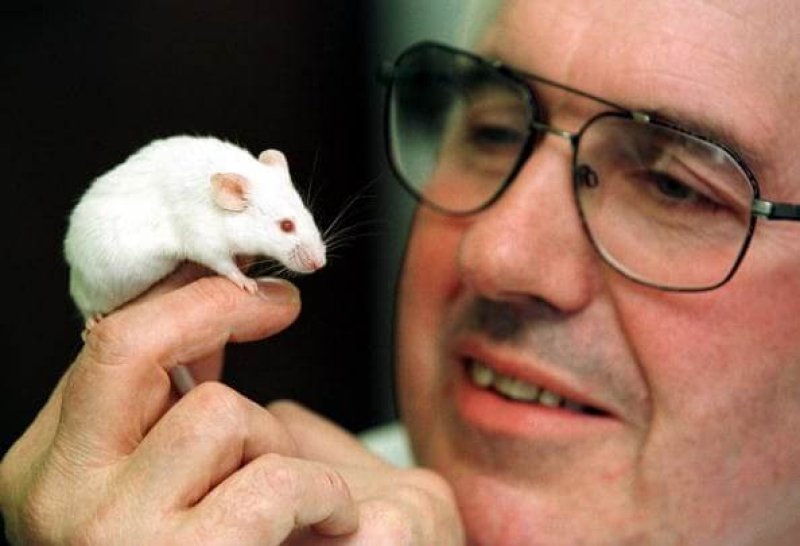Whether for cancer research, heart disease, strokes, the effects of different diet, drug research, or animal evolution, we are accustomed to hearing about major medical and biological discoveries announced with results of studies using laboratory mice. The areas just mentioned constitute just the tip of the iceberg; throughout biological science, laboratory mice are ubiquitous. They are used to make the transition from cell culture, in in vitro work, to studies on human subjects with direct clinical implications. There are some exceptions, of course. Along the spectrum from cell to clinic, mice often are not useful for investigations involving new surgical procedures, treatment of head trauma, and various other areas, which require larger animals, such as dogs or primates. Excluding selected areas, though, the laboratory mouse really lies at the foundation of numerous life science studies, but is it an appropriate model in all cases?
Addressing this question, a series of scientific papers published recently in the prestigious journal Nature have laid out a systematic comparison of the mouse genome vs. the genome of humans. As common in science when long-heath assumptions are investigated closely, the answer is rather complex. In turns out that for numerous areas of study, scientists utilization of mice is appropriate, but, due to genetic differences between humans and mice, our little mammalian cousins may not be so useful for science work in other areas.
Do mice make good models?
Many scientists –this writer included–have been in a variety of laboratory environments, often connected with training in more than one post-doctoral fellowship settings and trying out a range of scientific approaches. In gaining this type of experience, sometimes we encounter other scientists who are technical specialists, using a particular research tactic, often a particular laboratory animal model. They conduct study after study using the same model, assuming the model is valid for addressing one science or health question after the next. I’ve seen this happen a few times in large research institutions, and sometimes wondered whether mice were appropriate for research aimed to address how a particular disease or potential treatment works in humans.
In other words, not even considering genetic comparison studies, there is always an intuitive questioning that comes up when anyone who is trained to think scientifically is presented with a study from other scientists that is based on the assumption that something will work in mice the way that it would in humans. It’s for this reason that, to be taken seriously and published in good scientific journals, research studies must be peer-reviewed (read and criticized by other scientists with no personal interest in the study that’s to be published).
New questions coming
Known collectively as the ENCODE Consortium online, the team of investigators publishing the series of Nature papers draws conclusions that are fairly complex in terms of what the comparison of the human genome vs. the mouse means as far as science implications. But, putting everything together, there are a few basic ideas that stand out as the take home message. For instance, the analysis confirms findings suggested by various genetic studies over the years that humans and mice share a huge number of genes, implying that, at minimum, mice are extremely useful for studying various questions involving the evolution of mammals and the origins of humanity. At the other extreme though, the new series of papers highlights how humans and mice differ in terms of their immune systems, metabolism, responses to stress, and, importantly, the brain.
How this new insight will affect the status of the laboratory mouse in the years to come is anybody’s guess. However, considering the vast numbers of research groups, particularly in large academic medical centers, that depend almost exclusively on particular rodent disease and drug study models, we can anticipate that the ensuing discussion will be as complex as the mouse genetics that stimulated them in the first place.
David Warmflash is an astrobiologist, physician, and science writer. Follow @CosmicEvolution to read what he is saying on Twitter.































